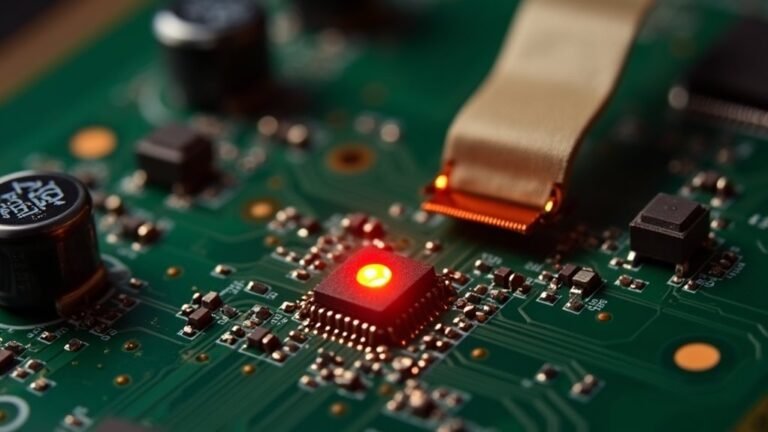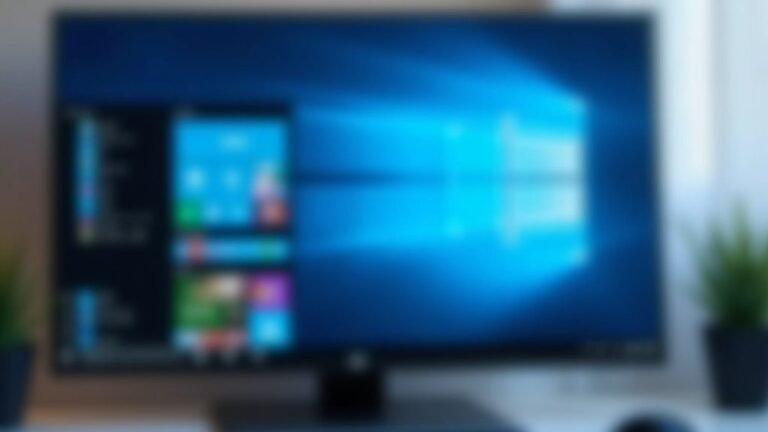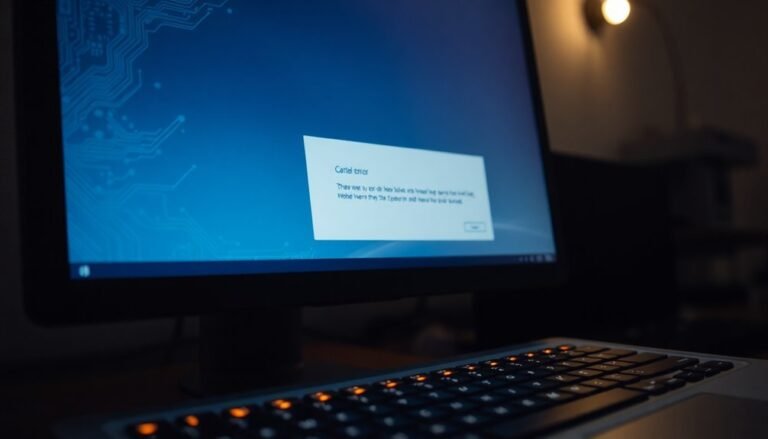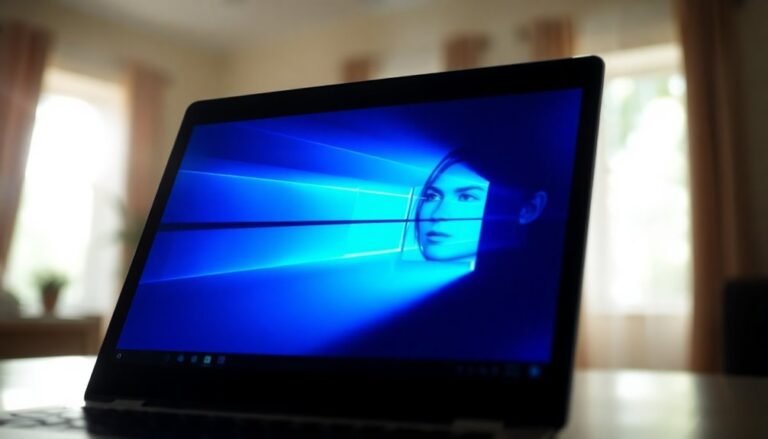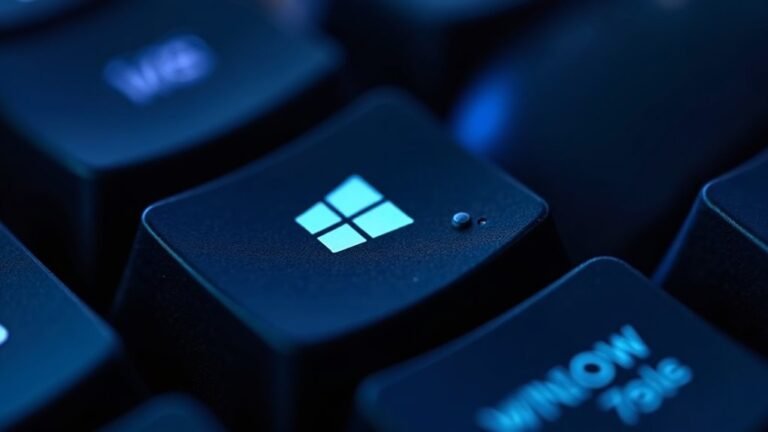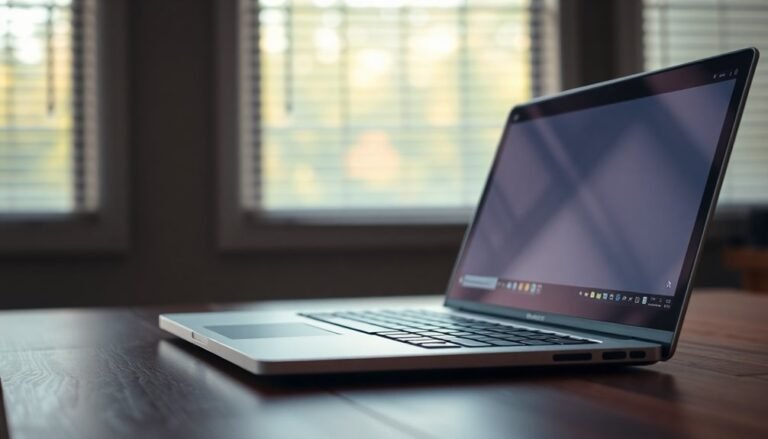Windows P Not Working: Fix Display Projection Shortcut
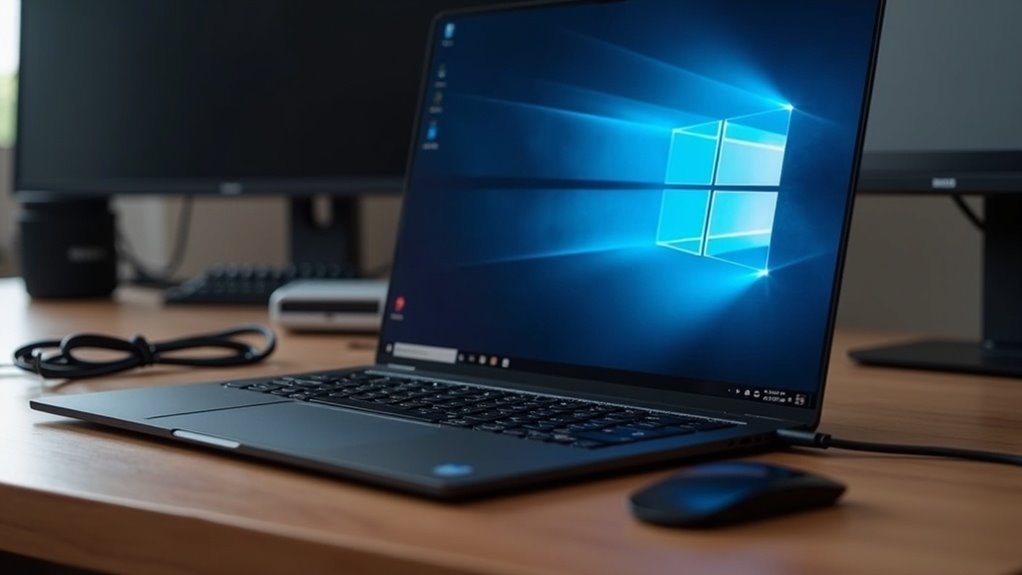
If Windows + P isn’t working, first check your display and HDMI cables. Make sure your external monitor is set to the correct input.
Next, test if your ‘P’ key works in a text editor. Update your display and keyboard drivers via Device Manager.
Run Windows Update to get the latest fixes. Try the shortcut with a different user profile or perform a clean boot to rule out software conflicts.
For more difficult issues—including Registry or hardware problems—refer to the detailed steps below.
Common Reasons Why Windows + P Shortcut Fails
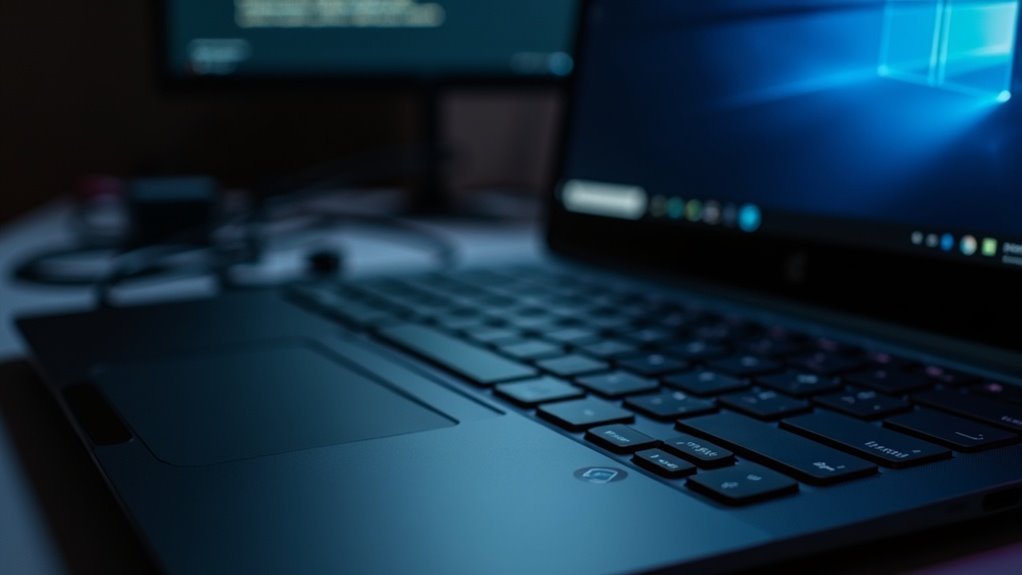
Common Reasons Why the Windows + P Shortcut Fails and How to Fix Them
The Windows + P shortcut is a powerful tool for quickly switching display modes, but it can sometimes stop working due to various issues. One of the primary reasons is outdated or corrupt display and keyboard drivers, which often prevent the shortcut from being recognized properly.
If your keyboard’s Windows key is unresponsive, the problem might stem from faulty keyboard drivers, hardware issues like stuck keys, a Windows Lock key, or a damaged USB connection.
Another factor that can cause the Windows + P shortcut to fail is interference from third-party software, malware infections, or pending Windows updates. These can corrupt essential system files or create conflicts that disrupt shortcut functionality.
Additionally, incorrect Registry settings or Group Policy restrictions—common in managed IT environments—may disable Windows key shortcuts entirely. Running the Keyboard Troubleshooter can automatically detect and resolve some common shortcut issues without manual intervention.
Display configuration problems also frequently impact the Windows + P shortcut. Issues like undetected secondary monitors, incompatible or mixed port types (HDMI, DisplayPort, VGA), and outdated or buggy graphics drivers can make the shortcut ineffective.
Lastly, corrupted system files related to display or input functions can break the shortcut’s operation. Running system repair tools such as SFC (System File Checker) or DISM (Deployment Image Servicing and Management) can help restore proper functionality.
To ensure the Windows + P shortcut works seamlessly, keep your display and keyboard drivers updated, scan regularly for malware, apply Windows updates promptly, verify Registry and Group Policy settings, and maintain your display hardware.
Step-by-Step Troubleshooting for Shortcut Issues
How to Fix Windows + P Shortcut Not Working: Step-by-Step Troubleshooting Guide
If your Windows + P shortcut isn’t working, follow this detailed troubleshooting guide to resolve the issue quickly.
First, right-click on your desktop and select Display settings. Look for an option to reset Display settings, either directly or under Advanced display settings, and apply the reset. Afterward, reboot your PC to ensure all changes take effect.
Next, check your HDMI or display cables and ports for any damage or loose connections. Try using different cables, ports, or another external monitor to rule out hardware problems. HDMI cable quality can significantly affect performance, so make sure you are using a high-quality, certified HDMI cable that meets the appropriate specifications for your display and graphics card.
Also, make sure your external monitors are set to the correct input source.
If the problem continues, create a new user profile by navigating to Settings > Accounts > Family & other users. Log in with the new profile and test the Windows + P shortcut again.
You can also perform a clean boot using msconfig to detect and eliminate software conflicts. Lastly, verify that no third-party software or keyboard remapping tools are interfering with the Windows + P shortcut function.
By following these troubleshooting steps, you can quickly fix Windows + P shortcut issues and restore your multiple display functionality.
For more tips on Windows shortcuts and display settings, keep exploring our expert guides.
Updating Display Drivers to Restore Projection Functionality
How to Fix Windows + P Not Working by Updating Display Drivers
If your Windows + P shortcut isn’t working to project your screen, updating your display drivers is a proven fix. Here’s how to update your GPU drivers step-by-step for Windows projection issues:
- Open Device Manager quickly by pressing Windows + X and selecting Device Manager.
- Expand Display adapters, right-click your graphics card, and choose Update driver.
- Select “Search automatically for drivers” to let Windows find and install the latest driver updates.
- If no driver updates are found, check for optional driver updates via Settings > Windows Update > Optional updates > Driver updates.
- For the best results, use official GPU manufacturer tools like NVIDIA GeForce Experience, AMD Adrenalin Software, or Intel Driver & Support Assistant for automated driver updates.
Alternatively, download the latest drivers directly from your GPU manufacturer’s official website. Make sure to select the correct GPU model and your Windows version to avoid compatibility issues.
Always restart your PC after updating display drivers to ensure changes take effect. Updated drivers not only restore projection functionality but also improve system performance, fix bugs, and enhance security.
Avoid third-party driver update tools and stick to official sources for safe and reliable driver updates. If updating the driver doesn’t resolve the problem, try uninstalling the old driver completely before reinstalling the latest version.
Diagnosing and Fixing Problems With the ‘P’ Key
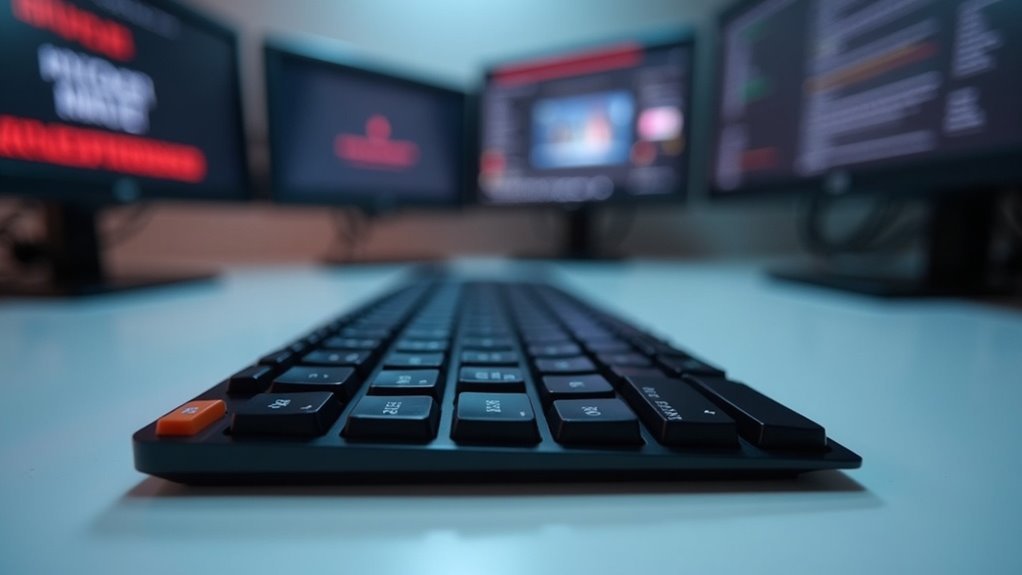
How to Diagnose and Fix Problems with the ‘P’ Key Affecting Windows + P Shortcut
If updating your display drivers hasn’t resolved issues with the Windows + P shortcut, the problem might be related to the ‘P’ key on your keyboard. Here’s a step-by-step guide to troubleshoot and fix common ‘P’ key problems:
1. Test the ‘P’ Key Functionality
Open a text editor like Notepad and press the ‘P’ key. If the key doesn’t register, check for any physical damage, debris, or sticky residue around the key. Gently clean the area to remove dirt that might be causing the key to stick.
2. Use the On-Screen Keyboard
Press Windows + Ctrl + O to open the on-screen keyboard. If the ‘P’ key works here but not on your physical keyboard, it indicates a hardware issue with your keyboard.
3. Check Keyboard Connection
For wired keyboards, unplug and reconnect the USB cable to ensure a secure connection. For wireless keyboards, replace the batteries and minimize wireless interference by moving the receiver closer to the keyboard.
4. Test Keyboard on Another Device
Connect your keyboard to a different computer. If the ‘P’ key still doesn’t work, it’s likely time to replace your keyboard.
5. Run Windows Keyboard Troubleshooter
Navigate to Settings > Update & Security > Troubleshoot > Additional troubleshooters > Keyboard, and run the troubleshooter to detect and fix any software-related issues.
6. Verify Keyboard Language and Layout Settings
Ensure your keyboard settings match your physical keyboard layout under Settings > Time & Language > Language.
7. Check for Stuck Modifier Keys
Sometimes stuck keys like Ctrl, Alt, Shift, or Windows can interfere with keyboard input. Press each modifier key a few times to release any that might be stuck.
By following these troubleshooting steps, you can identify and fix problems with the ‘P’ key and restore the functionality of the Windows + P shortcut.
For more keyboard troubleshooting tips, visit our blog or Microsoft support.
Advanced Solutions and Preventive Measures
Advanced Solutions and Preventive Measures for Windows + P Display Projection Issues
If you encounter problems with the Windows + P display projection shortcut, implementing advanced solutions and preventive measures can ensure long-term reliability. Start by manually configuring your monitors through Display Settings, accessible via right-clicking on the desktop, especially if the shortcut doesn’t work as expected.
Regularly update your graphics drivers and Windows operating system to fix compatibility issues and resolve known bugs related to projection features.
For persistent problems, utilize manufacturer diagnostic tools to identify potential hardware or cable faults. Additionally, run Windows’ built-in troubleshooters to repair display adapter issues or corrupted system files.
To prevent future failures of the Windows + P shortcut, keep all drivers and firmware updated, and minimize unnecessary background applications that may interfere with keyboard shortcuts.
Ensure stable connections by using certified, high-quality cables and adapters. Before important presentations, pre-configure your display settings and practice toggling between projection modes using the Windows + P shortcut.
These proactive steps will help deliver a smooth and seamless projection experience on Windows devices.
Frequently Asked Questions
Can I Customize the Windows + P Shortcut to Another Key Combination?
You can’t natively customize the Windows + P shortcut in Windows settings. To remap it, install AutoHotkey, write a script intercepting Windows + P, and assign your preferred combo. PowerToys can’t override this system shortcut reliably.
Does Windows + P Work on All Editions of Windows, Including Home and Pro?
Yes, you can use Windows + P on all Windows editions, including Home and Pro. Just press the keys, and you’ll see the display projection sidebar. It works identically across supported versions, provided your display drivers are compatible.
How Do I Use Windows + P With Wireless Display Adapters?
Press Windows + P, then select “Connect to a wireless display.” Wait for your adapter to appear, click it to connect. Once connected, use Windows + P again to choose Duplicate, Extend, or Second Screen Only as needed.
Are There Third-Party Tools That Enhance or Replace Windows + P Functionality?
Where there’s a will, there’s a way: you can use tools like AutoHotkey, PowerToys, or WinHotKey to create or remap shortcuts, customize display controls, and enhance multitasking, though no tool fully replicates the original sidebar.
What Security Settings Might Block the Windows + P Shortcut?
You might find Group Policy disabling Windows key shortcuts, or user rights and security policies limiting feature access. Check “Turn off Windows key hotkeys” in GPO, user rights assignments, and folder permissions that could block shortcut activation.
Conclusion
Now you’re equipped to tackle the infamous Windows + P shortcut issues like a tech superhero. By following these step-by-step fixes—checking your drivers, testing your keyboard, and tweaking your system settings—you’ll have your display projection working again in no time. Don’t let a stubborn shortcut disrupt your workflow. Stay proactive: keep your drivers updated and hardware clean, and you’ll rarely face this problem again. You’ve got all the tools to keep your display running smoothly!
